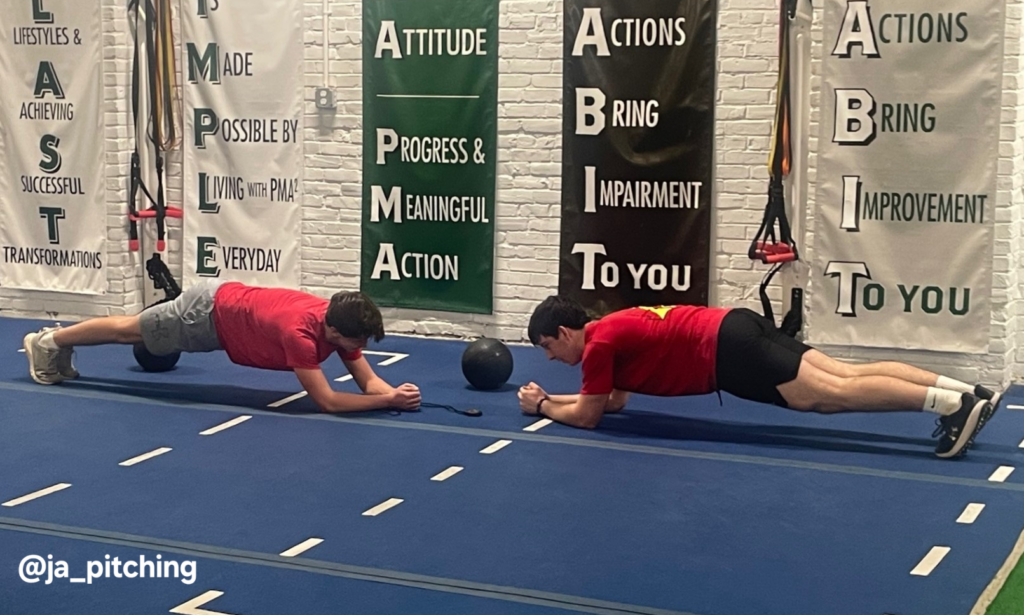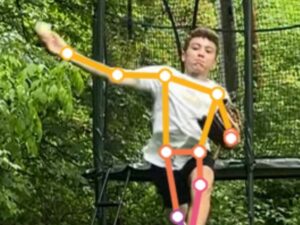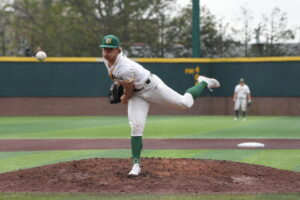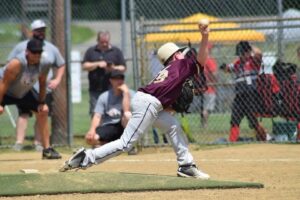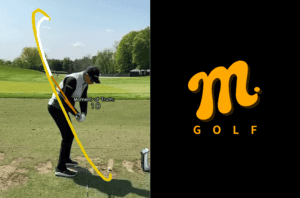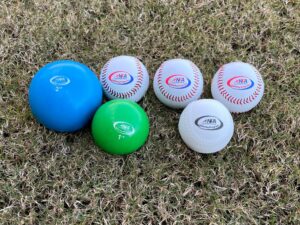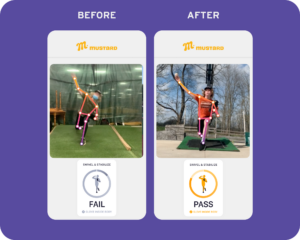We at #TeamMSTRD are often asked what kinds of exercises youth athletes should be doing to increase functional strength. As coach Tom House often says, there is no point in working out with weights or other heavy implements until a youth athlete, male or female, has hit puberty, because testosterone and estrogen are necessary to build muscle. But, there are many bodyweight exercises that can increase functional strength, body awareness and coordination to improve athletic performance and prepare their bodies for more advanced exercises in the future.
“Put your faith in things that increase your ability to control your body,” says long-time MLB strength coach, Texas Rangers special assistant and 2023 World Series champion Jose Vazquez. “If you can’t control your body, you have no business doing anything else, especially with additional weight.”
Here, Vazquez shares four exercises to get all youth athletes off to a strong start.
Pushups
The pushup is a compound bodyweight exercise that targets multiple muscles in the upper body, including the pectorals in the chest, the anterior deltoids at the top of the shoulder, the triceps, and perhaps most importantly for young athletes, the core. They also enhance stability of the shoulder girdle and scapulae, which is essential for throwing athletes. Vazquez says young athletes should pay special attention to keeping the spine straight, rather than letting it sag, like a banana; this puts extra pressure on the shoulders. “If you feel that sagging, start with just holding a plank, either on your elbows or on your hands,” Vazquez says. “Then, you can move to pushups from your knees, concentrating on lowering to the ground without bowing the back, and finally, to the full movement.” When working on holding a plank, shoot for one minute with good form. But, Vazquez says, if you’re shaking all over, stop, take a rest, and try again. Learning to control the core in planks and pushups will teach young athletes to control their cores, which will enable them to generate more power when pitching and hitting.
Pullups
“There is no better exercise for scapular stability, grip training and upper-body strength than a pull up,” says Vazquez. Pullups are performed by hanging on a bar with the palms facing away and the arms extended fully. You then pull yourself up until your chin is above the bar. Pullups are an advanced exercise, but there is a scalable version for every youth athlete. If the full movement is too difficult, start with an inverted row, or try assisted pullups by hanging a resistance band from the bar and resting your knee in the loop. “You can also start by jumping up to the bar and holding at the top for 10 to 20 seconds,” says Vazquez. “Or, try a negative by jumping up to the bar and lowering down as slowly as possible.” Scapular pullups are also very beneficial for building strength and teaching the initiation of the movement. Hang from bar and simply shrug the scaps (shoulder blades) up and down. Vazquez suggests that youth athletes choose the starting point that is easiest for them and progress from there.
Bodyweight Squats
Mastering a bodyweight squat is essential for every youth athlete because it will ensure that, when the time is right, each athlete moves on to weighted squats with the proper form. Bodyweight squats increase strength and stability in your lower body by targeting the quadriceps, hamstrings and glute muscles. They also engage the core. “Many kids will tip forward when they squat, so it’s important to keep good head, shoulder and hip alignment,” says Vazquez. “Keep the chest up and the heels on the ground, and think of sitting down into a chair and coming back up.” For parents watching their youth athletes from the side, lines drawn through the spine and the shins should remain parallel throughout the movement. Youth athletes can put their arms out for balance or a chair under their butts for extra stability.
Jumping
“Jumping and landing techniques are a lost art in youth sports,” says Vazquez. Jumping will teach youth athletes speed, agility and force production and it will improve the sequencing of their movements. Every baseball skill – hitting, throwing, pitching – requires good sequencing, and the same is true across sports. “Start by stepping up on to a 12-inch box, jumping off, landing and holding the finish,” Vazquez suggests. No box? Try broad jumps or lateral skater jumps and focus on generating power with the push-of and landing with control.
Want more information on strength and conditioning for youth athletes? View Vazquez’s entire In the Kitchen session here.
If you’d like more great content from Mustard, and you’d like to evaluate and improve your own pitching mechanics, download the Mustard pitching app today.

